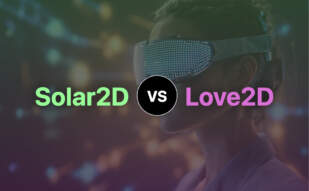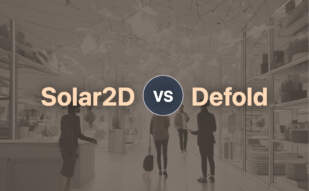If you’re a novice aiming for simplicity, rapid deployment, and cost-effectiveness, Solar2D—boosted by its Lua scripting and extensive APIs—should be your pick. For seasoned developers who desire advanced 3D game creation, despite the recent pricing backlash, Unity, with its comprehensive suite of tools and features, stays unbeaten.

Key Differences Between Solar2D and Unity
- Solar2D, employing Lua, makes scripting straightforward compared to Unity’s choice of C# and JavaScript.
- While Unity flaunts a creative suite for intricate 3D game design, Solar2D shines with rapid 2D app development.
- Discontent around Unity’s pricing model has illuminated Solar2D’s advantage as entirely free and open-source.
- Despite the recent confusion, Unity maintains a colossal and active developer community that surpasses Solar2D’s.
| Comparison | Solar2D | Unity |
|---|---|---|
| Initial Release | December 2009 | 2005 |
| Supported Platforms | Mobile, desktop, TV (iOS, tvOS, Android, Android TV, macOS, Windows, Linux, HTML5) | Various including Android, iOS |
| Integrated Development Features | Solar2D Simulator for direct app building, Solar2D Native for integrating Lua code within Xcode or Android Studio. | Suite of tools, rendering technology, compatible with AR and 3D simulations. |
| Community Support | Vibrant, supportive developer community. | Active developer community. |
| Pricing Structure | 100% free, no hidden fees or royalties. | Paid per game install, with issues owing to a new pricing model. |
| Scripting Language | Lua | BOO script, Javascript, C# |
| Licensing | Open-source, MIT license (modifiable and distributable). Access rights to source code. | Free and Paid versions available. |
| Additional Resources | Developer Guides, API Reference site, free directory, Solar2D Marketplace and Solar2D plugins. | Asset store with pre-designed textures and features. |
| Development Speed | Rapid app development with instant update simulator and live builds. | High-quality game creation facilities. |
What Is Solar2D and Who’s It For?
Solar2D, formerly known as Corona SDK, is a comprehensive platform for cross-platform mobile app development. With more than a decade of active development under its belt, Solar2D fosters app development for a multitude of devices with a single codebase. Ideal for both beginners and experienced developers, it provides a vibrant, supportive community and fuels faster frame rates compared to its competitors.
Solar2D’s free directory and extensive range of plugins, coupled with powerful APIs and Integrated Simulator, enable effective in-app advertising, media, and analytics. Anyone keen on learning and employing a leading scripting language in games is the intended user of Solar2D.
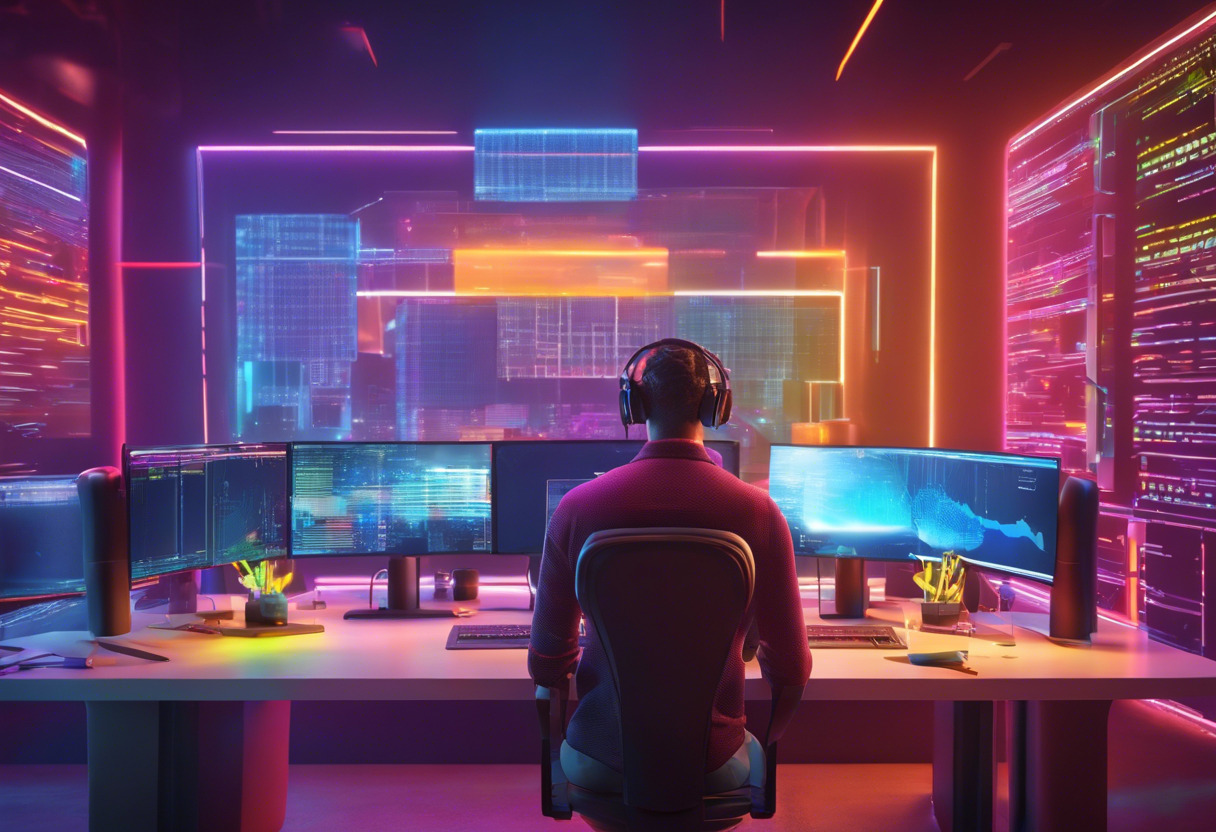
Pros of Solar2D
- Single code base for cost and time efficiency
- Vibrant, supportive developer community
- Quicker monetization with integrated ad support
- Powerful APIs and faster frame rate
- Free with no hidden fees or royalties
Cons of Solar2D
- Limited to 2D mobile application development
- Learning curve for Lua-based development
What Is Unity and Who’s It For?
Launched in 2005, Unity is a versatile game development engine known for its capacity to develop immersive 3D and 2D games. This platform caters to a wide variety of developers, enabling the creation of applications ranging from augmented reality to 3D simulations. Unity is especially advantageous to developers aiming to launch cross-platform games, including on Android and iOS.
With a suite of tools, robust rendering technology, and cutting-edge features, Unity is intended for developers interested in high-quality game creation. However, its upcoming pricing model transformation has stirred up concern among the independent and mobile developer community.

Pros of Unity
- Supports a wide range of coding languages
- Boosts creativity with a rich asset store
- Offers cross-platform development
- Strong developer community
Cons of Unity
- New pricing model causing distrust among developers
- Fees could compromise financial sustainability of developers
- No longer offers Unity Plus subscription tier
Code Examples for Solar2D & Unity
Solar2D
This Solar2D snippet displays an animated sprite, useful for adding characters or visual elements to your app or game. Some assets – like ‘img_sprite.png’ and ‘spriteData’ – are required (not shown below) for the code to run properly.
-- Array to store sprite properties
local spriteData =
{
{ name="running", start=1, count=5, time=200 },
}
-- Image sheet to use with sprite
local img_sprite = graphics.newImageSheet("img_sprite.png", spriteData)
-- Create sprite
local sprite = display.newSprite( img_sprite, spriteData )
-- Position sprite
sprite.x = display.contentCenterX
sprite.y = display.contentCenterY
-- Play sprite
sprite:setSequence("running")
sprite:play()Unity
This Unity code creates a sphere which moves on the roll of a dice. The script requires the addition of the ‘UnityEngine’ library for function optimization.
using System.Collections;
using UnityEngine;
public class RandomSphere : MonoBehaviour
{
public float speed = 1f;
private Vector3 target;
void Start()
{
target = GetRandomTarget();
}
void FixedUpdate()
{
float step = speed * Time.deltaTime;
transform.position = Vector3.MoveTowards(transform.position, target, step);
if (Vector3.Distance(transform.position, target) < 0.001f)
{
target = GetRandomTarget();
}
}
Vector3 GetRandomTarget()
{
return new Vector3(Random.Range(-10, 10), Random.Range(-10, 10), Random.Range(-10, 10));
}
}Unity or Solar2D: The Informed Choice
Seedbeds of innovation, Solar2D, and Unity have decisively redefined cross-platform mobile app development. Understanding nuances of each could be pivotal to your breakthrough, but which is the right fit?
The Mobile Game Dev Novice
For those dipping toes into mobile game development, the accessible, Lua-based scripting of Solar2D offers an easy entry point. The Solar2D Simulator facilitates live testing, while its vibrant community fosters collaborative learning. Its single code base enhances efficiency and expedites monetization plans with integrated ad support.

The Indie Dev Powerhouse
You’re a seasoned developer, but time is scarce. Solar2D continues to shine with its extensive API suite and open-source license granting you access to tweak freely. Moreover, Solar2D’s disruptive ‘no royalty’ stance retains your full rights to the source code, which Unity’s per-installation fee model might dilute.
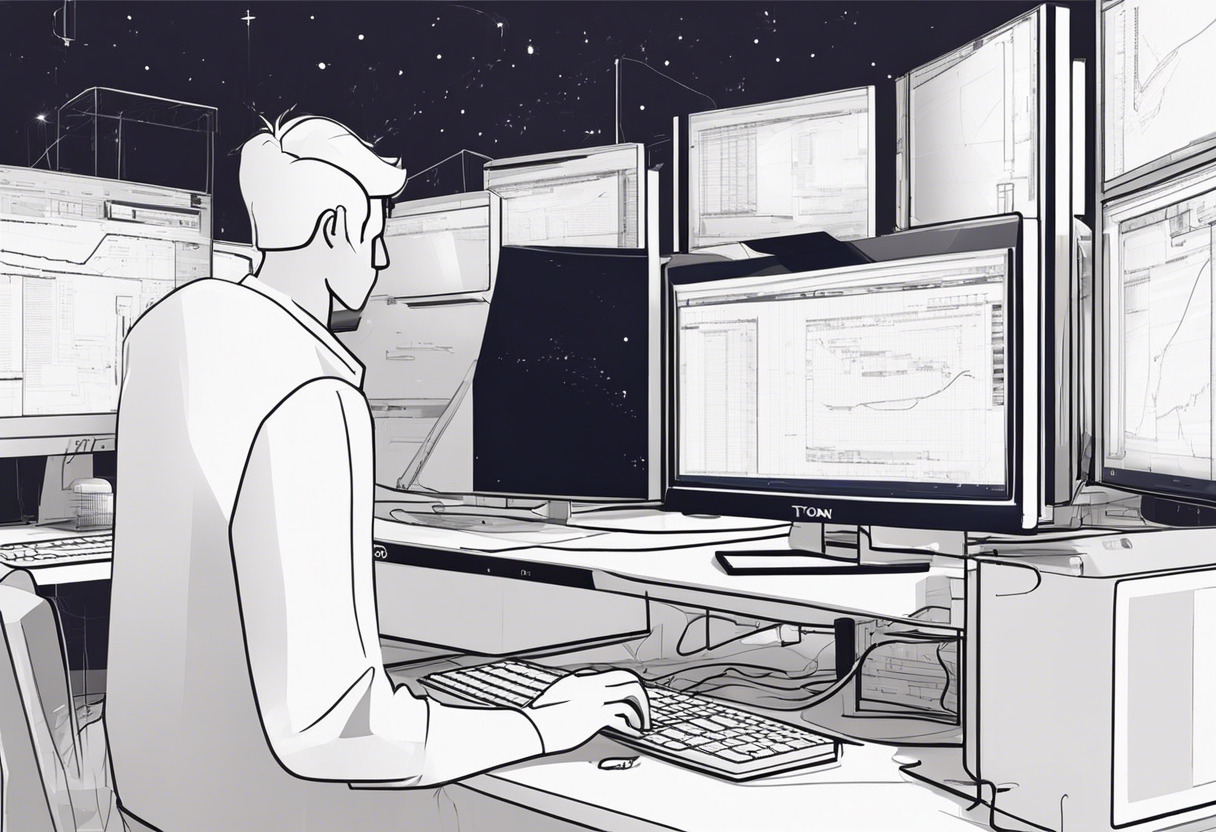
The AR/VR Innovator
Should your tech aspirations involve creating immersive AR/VR mobile experiences, Unity emerges as the architect for this dreamscape. Its robust feature pack and expansive texture library facilitate an ambitious AR/VR gaming project. Pioneering scripting proficiency in C# and JavaScript further bolsters its offering.
![]()
The Large-scale Development Team
Large teams dealing with sophisticated game creation and navigating complex user requirements, might lean on Unity for its collaborative capabilities. Unity’s continuously evolving tech, including its new fraud detection practices, aim to improve adaptability and sustain large-scale operations.
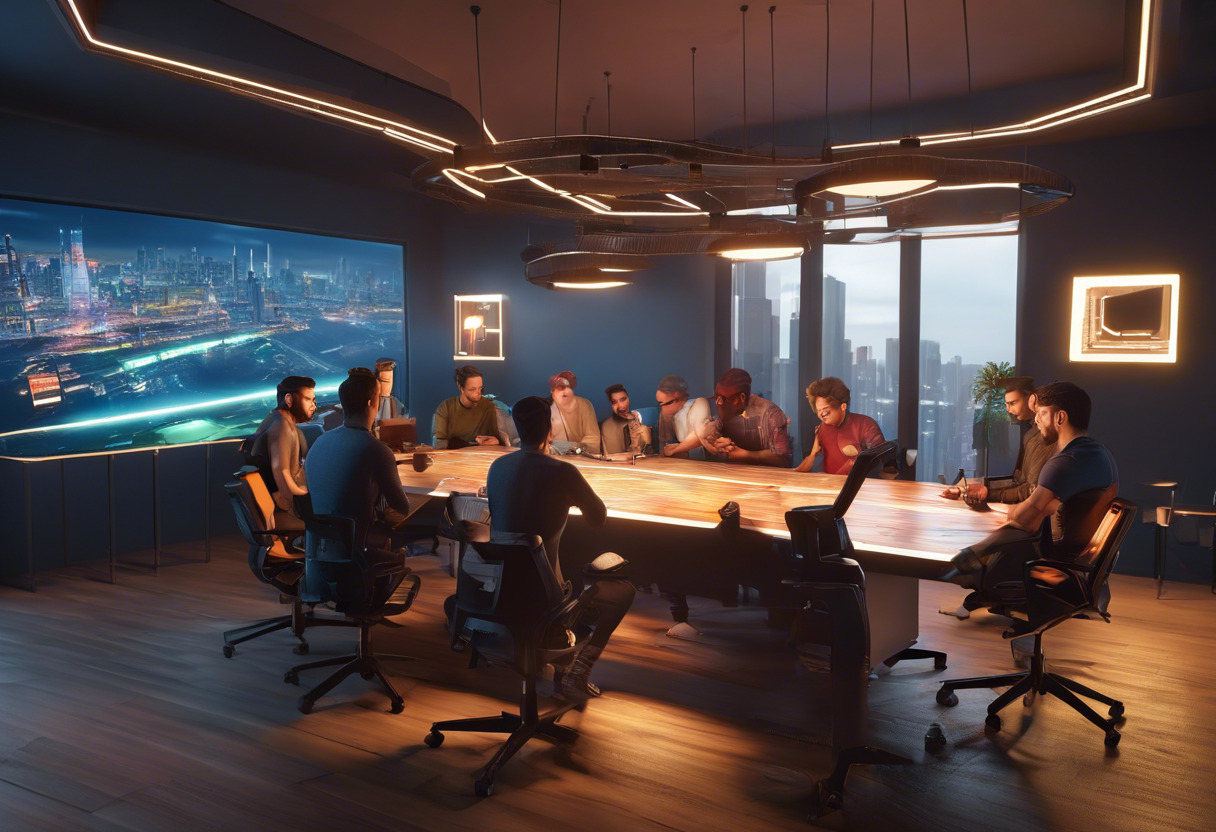
When drawn against each other, Solar2D broadcasts a friendly beacon for beginners and indie game developers, claiming the lead with cost-efficiency, user-friendliness, and source code rights. However, Unity, with its vast capabilities and AR/VR focus empowers the seasoned developers. Pick your tool wisely, for it lays foundation to your remarkable journey.
Patrick Daugherty
Content writer @ Aircada. Merging AR expertise with a love for late-night gaming sessions.



